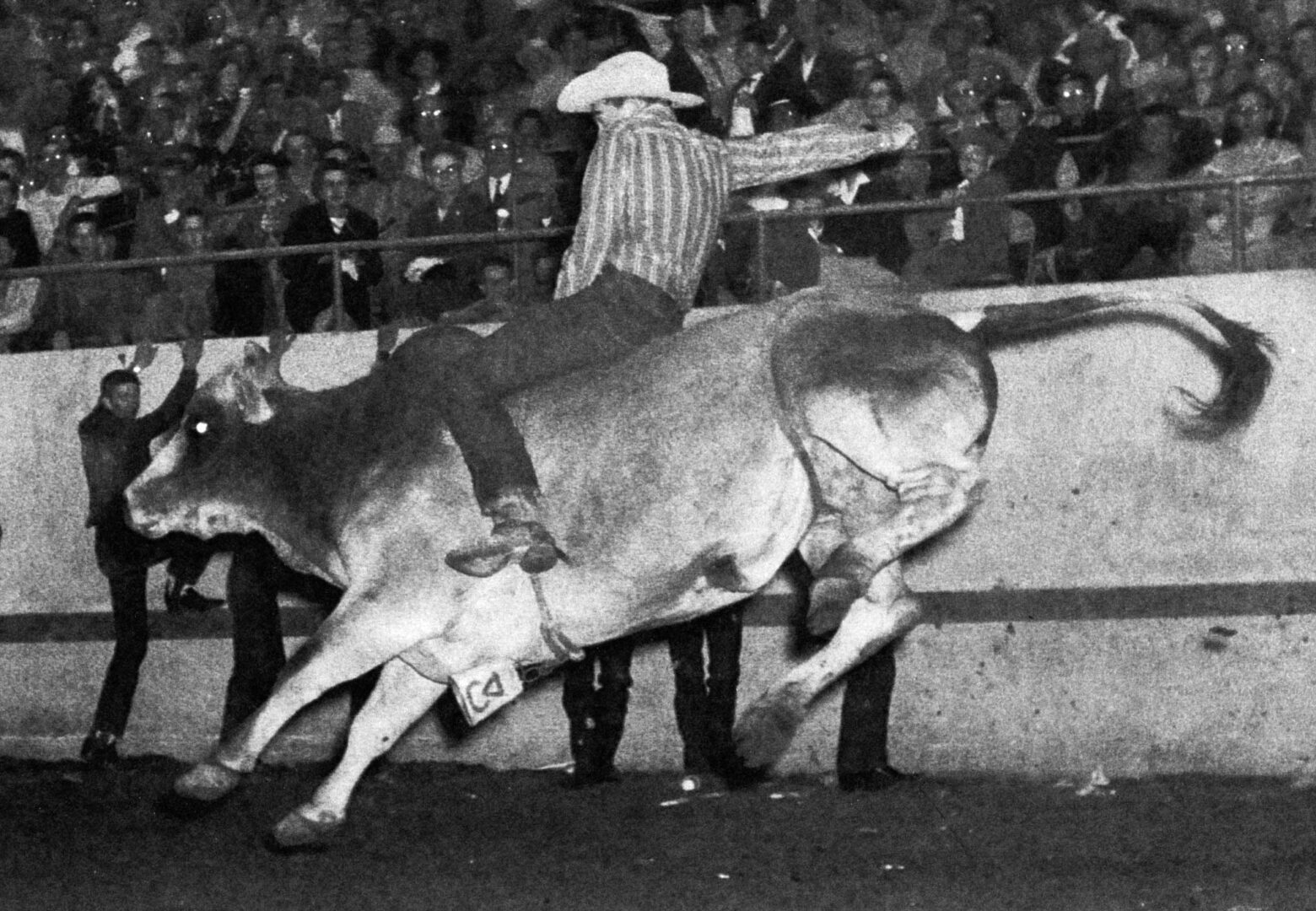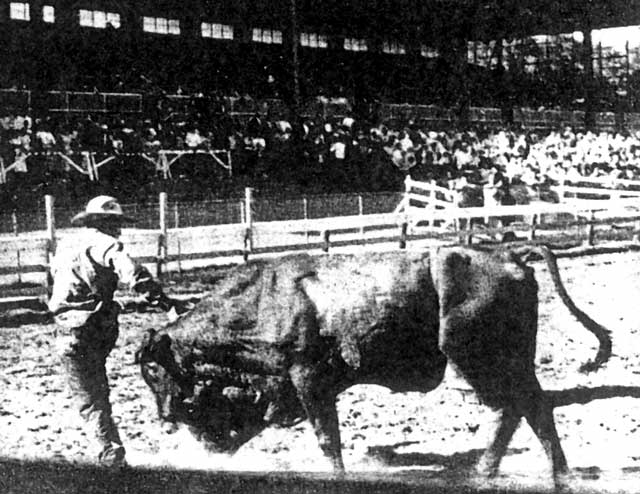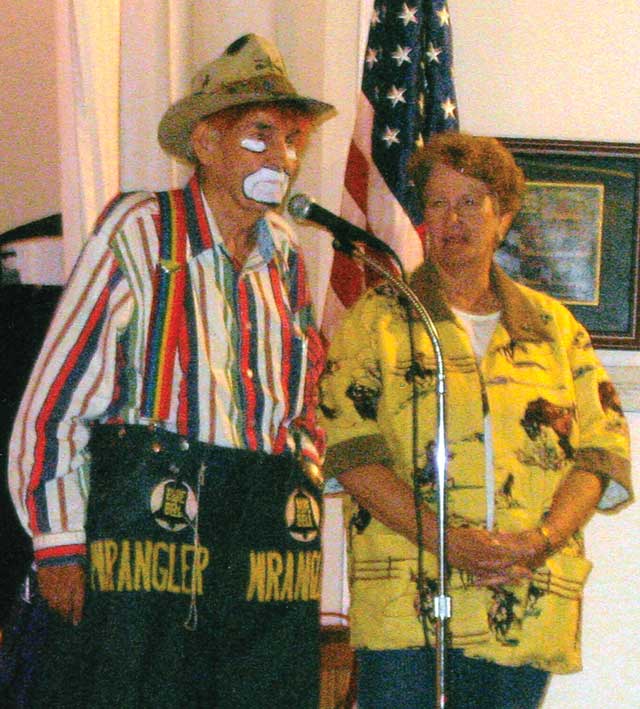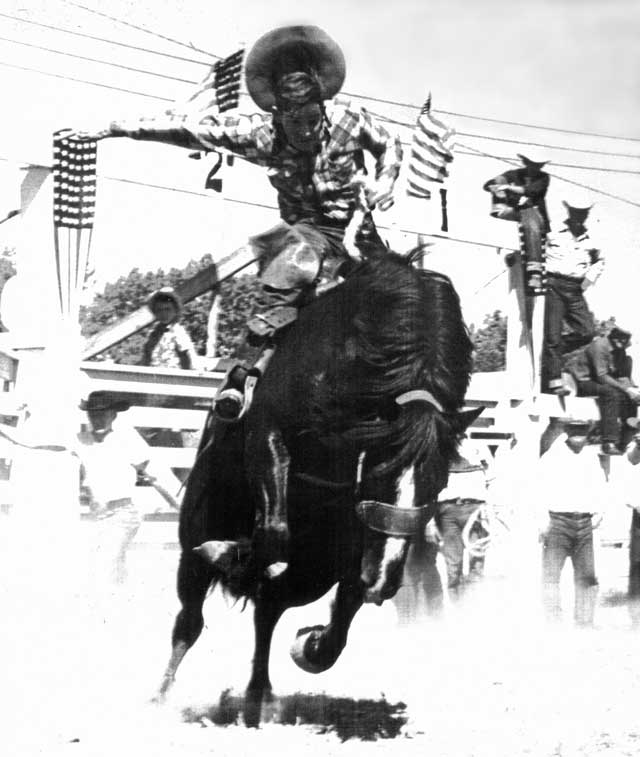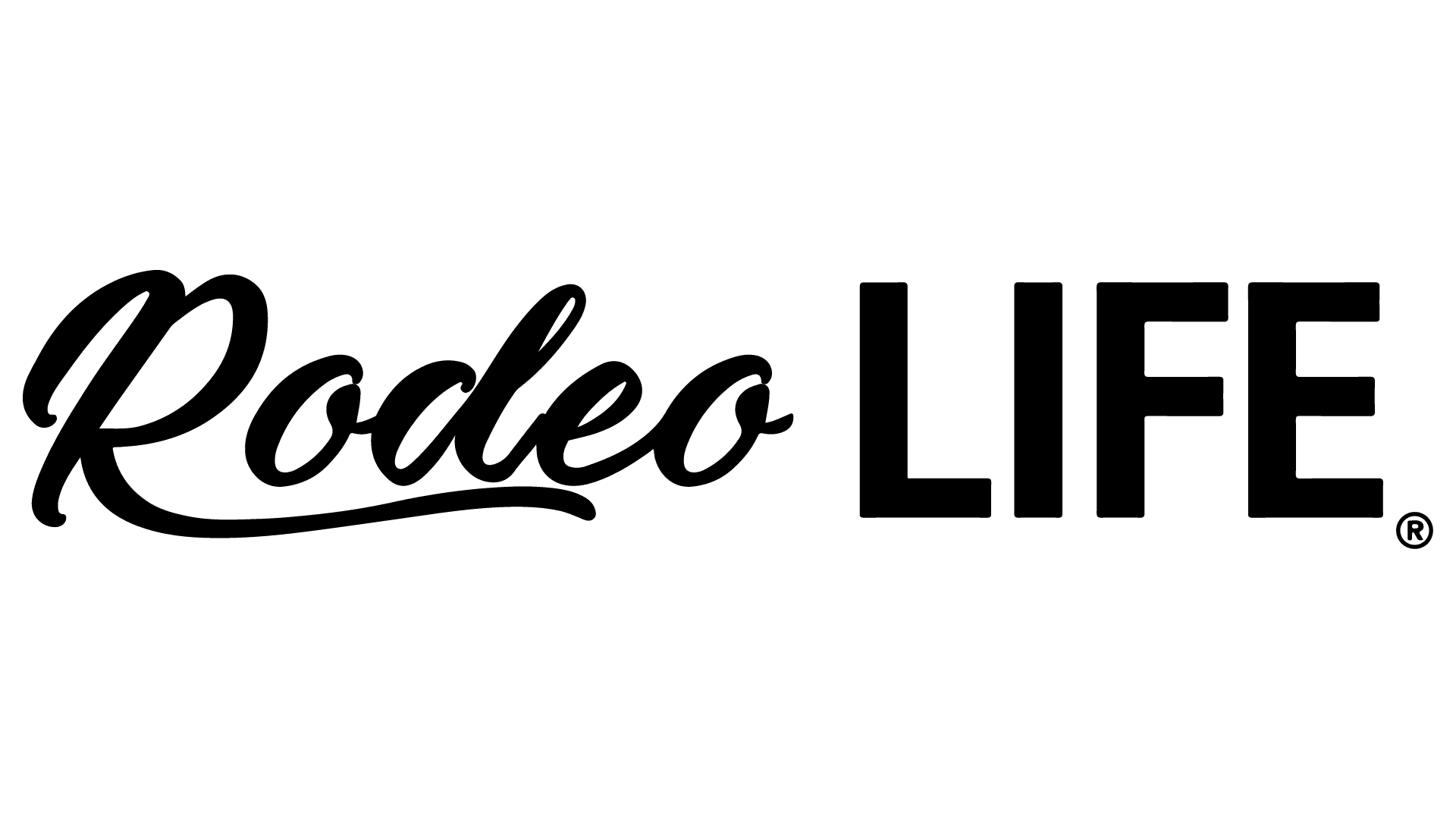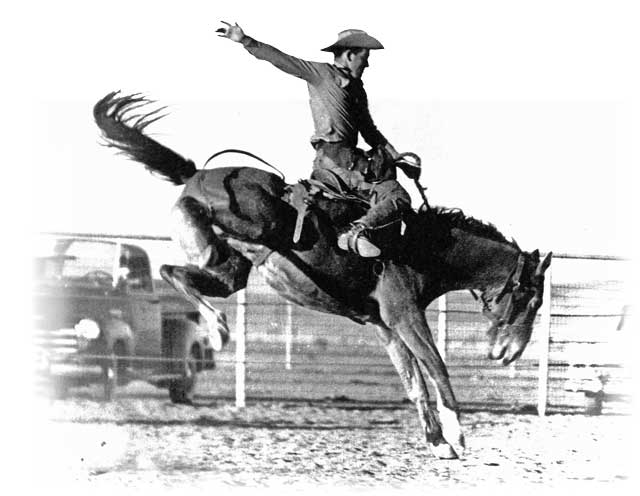Jim Aplan grew up in Casey Tibbs’ shadow.
The Rapid City, S.D. cowboy was born in Casey’s hometown of Ft. Pierre, S.D., and Jim followed Casey and his rodeo buddies down the rodeo road. But since Tibbs was two years older, Jim’s mother wouldn’t allow him to travel with the soon-to-be-famous cowboy, and Casey went on to national fame and recognition while Jim stayed closer to home.
Jim was born in 1931, the youngest child of Frank and Helen Fischer Aplan. His family owned Fischer Bros. General Store in town, and anything that happened in the county was “duly reported in the general store,” Jim said. “I was always kind of thrilled with the cowboys who came into the store,” he remembered, “much to my family’s dismay. They were dead set against anything rodeo.”
Jim’s mother’s family, the Fischers, also owned two large ranches, and even though they were in the cattle business, there was no tolerance of rodeo. “Of course, wherever the cowboys were, you could find me.”
The rodeo bug had bitten Jim, and he loved to follow Tibbs and another South Dakota cowboy, Billy Myers, as they went to rodeos. Tibbs and Meyers won money at the Ft. Pierre rodeo, and went on to Huron, and Jim followed. He was only sixteen, and hadn’t gotten permission from his mother, so she sent after him to come home. Tibbs and Meyers went on to compete across the country while Jim stayed home.
His mother sent him to a boarding school in Canon City, Colo. The school had its own herd of horses, with students caring for them, and it had its own rodeo. The first rodeo paycheck Jim won was in the wild cow milking at that school. He graduated from boarding school and went on to junior college in Trinidad, Colo.
That’s where his pro rodeo began in earnest. He was befriended by stock contractor L.D. Ward, and traveled with Ward and rodeoed. It got him away from his family, which was an advantage. “I couldn’t rodeo in South Dakota. Too much pressure. A lot of families encourage their kids in rodeo. Nobody encouraged me, they discouraged me.”
He worked all the events as he traveled with Ward, but the saddle bronc riding and bull riding were his strength. He was best at the bucking horse riding, mostly because he’d grown up breaking horses. “I could ride a tough horse, but nobody ever showed me how,” he said. “I never looked very good doing it. I could usually place because I didn’t buck off. That’s how I got by.”
Jim’s rodeo life might have looked a lot different if he’d have gone to North Dakota in 1955. All-around hands Jim and Tom Tescher, excellent bareback, saddle bronc and bull riders and bulldoggers as well, asked him to come north with them for the summer. “Had I done that, it would have helped me,” Jim said. Instead, he went to work for East Coast rodeo producer Jim Eskew, who was well-known for the western entertainment at his rodeos. Aplan fought bulls and clowned for him, and competed as well.
In those days, nearly anyone would work as a bullfighter, and at some rodeos, the cowboys would stand in the arena, in front of the chutes, and randomly step out in front of a bull during a ride. “It sure made me mad when they did it to me,” while he was riding, Jim said, as it could ruin a ride and the score.
There wasn’t much training for bullfighting in those days. “It wasn’t like today, where they go to school for it and learn moves. Then we just got out there and did it and hoped we didn’t get killed or get some rider hurt. That’s the nightmare of all bullfighters.”
Full story available in our June 15, 2015 issue.
